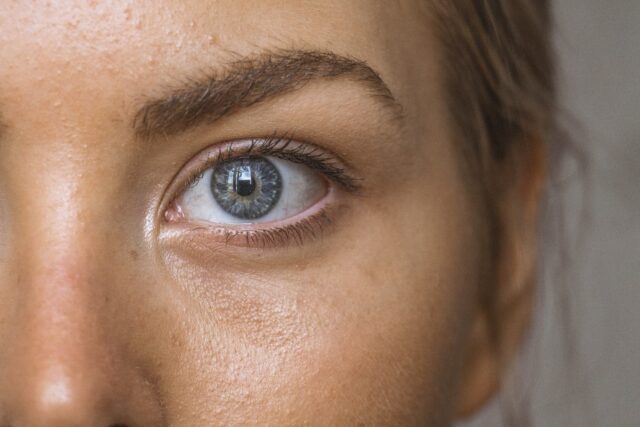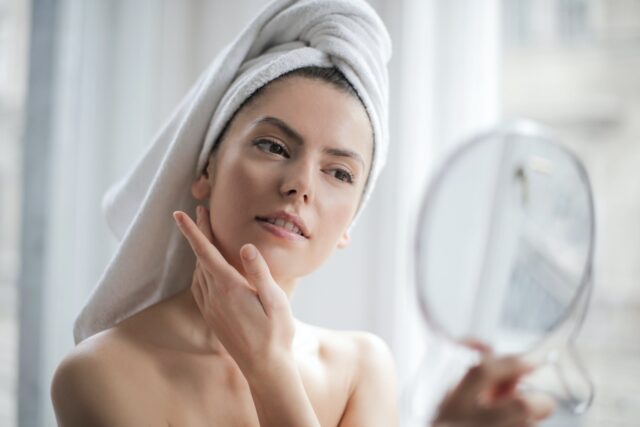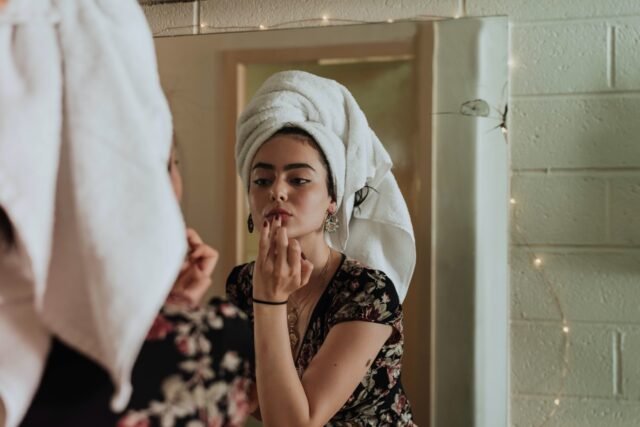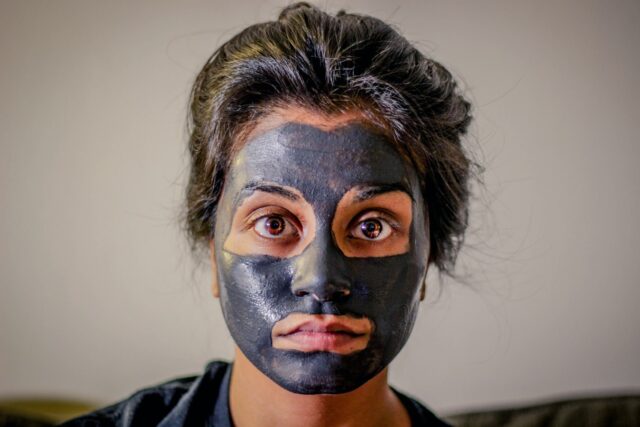
Taking care of your skin is important because if you don’t, then you will have a hard time dealing with several issues that will inevitably lead to you developing insecurities. The first step you need to take is to learn more about the different types and figure out which one you have.
Then you need to start your building on a skincare routine and invest in the right products, depending on whether you have dry, oily, or sensitive skin. This certainly takes a certain level of commitment to make it a stable part of your routine, but you can take comfort in the fact that it will give you promising outcomes.
However, this might not always be the case, especially if you have a more serious issue that is brought on by an imbalance in hormones or due to a prior accident, for example. In modern-day, dermatology is evolving day after day. Many aesthetic procedures are becoming well-known for their remarkable effects. Here are 3 aesthetician procedures that can rejuvenate your skin, no matter what type it is.
1. Chemical Peeling

What is it?
Chemical peeling is one of the aesthetic procedures that can noticeably give you an improved appearance. From its name, you can tell that it involves the use of chemicals to help give you a rejuvenated glow.
According to myvivaa.com, your cosmetic surgeon applies phenol trichloroacetic acid (TCA) or alpha hydroxy acids (AHA). This chemical combination peels away the damaged outer layer, leaving you with what’s underneath, which are the regenerated skin cells that leave you feeling much smoother and less wrinkles.
What does it treat?
This aesthetician procedure is known to be the most cost-effective one that results in effective rejuvenation. It mainly focuses on exfoliating the layer that is at the forefront until it eventually falls off and leaves you with a fresh one. Chemical peeling treats different kinds of problems, such as:
- Crow’s feet
- Acne and scars
- Aging skin issues
- Wrinkles and fine lines
- Hyperpigmentation
- Scaly patches
- Rough surfaces
- Sun damages
- Melasma
- Sagging
Are there different kinds of chemical peeling?

Chemical peels come in 3 types, which are different from one another based on the problem that you are going to treat. These types are:
● Light Chemical Peels
The lighter chemical peel procedure is known to treat problems that include pigmentation issues, fine wrinkling, acne, and dryness. It only removes the epidermis using an exfoliating process that is lighter on the skin that gives you a healthier glow.
● Medium Chemical Peels
The medium chemical peel procedure is known to treat problems with deeper wrinkles, uneven color, and acne scars. The chemicals which are utilized for this procedure to get rid of cells from the dermis and epidermis, or upper part of the middle layer.
● Deep Chemical Peels
The deep chemical peel procedure is known to treat problems with facial wrinkles that are more severe, sun damages, scars, and blotchy or pre-cancerous growth areas. This procedure is relatively longer than the others and has long-lasting results. It’s different because patients may need a sedative as well as a local anesthetic to avoid any discomfort. Also, some must do some pretreatments that will later help the chemical solution penetrate the skin evenly.
2. Laser Skin Resurfacing

What is it?
Exposing yourself to the sun for a very long time can take a toll on you, and especially your face. Luckily, laser skin resurfacing procedures are there to revive and rejuvenate your damaged skin. These highly concentrated beams of light energy, improve your tone, textures, and appearance.
What does it treat?
This aesthetician procedure can be used to treat different problems, such as:
- Fine lines/wrinkles
- Brown spots
- Redness or discoloration (for a more balanced tone)
- Sagging
- Low collagen production
- Acne and surgical scars
- Unwanted facial/body hair
Are there different types of laser resurfacing?

● Ablative Lasers
This rejuvenating procedure removes the outer layers and encourages the new layer to heal in its place. The laser’s penetration depth depends on the light’s wavelength.
● Non-Ablative Laser
Non-ablative laser treatment is the aesthetician procedure that does not break the surface. Instead, it works by heating the cells below the surface to start stimulating new collagen growth that will restore the firmness and tone.
3. Microdermabrasion

What is it?
Microdermabrasion is one of the skin rejuvenating procedures that can work for any type. It exfoliates through a fine-tipped instrument or through applying a fine mist of abrasive particles. This procedure involves mechanical exfoliation to remove the outer layers and any visible damage to reveal smooth, healthy, and younger-looking skin.
What does it treat?
Microdermabrasion treats any part of your skin, despite its type. The process is done through a series of treatment sessions to work on the following problems:
- Fine lines and wrinkles
- Crow’s feet
- How skincare products work
- Dull tone
- Age spots and blackheads
- Improve hyperpigmentation
- Mild acne and the scars it leaves
- Sun damage
- Reduces stretch mark’s appearance
Are there different types of microdermabrasion?

There aren’t any other types of it as it is done the same way in all treated areas and all types. However, this procedure is a temporary one as the skin regenerates every 30 days. However, if you repeat your treatment procedure, your skin will improve. Usually, if you maintain a series of microdermabrasion appointments, you will be more likely to have better results.
Your skin matters, and the sooner you take action, the better. Protect it from being damaged and start doing what’s best for it instead. Regardless of the kind you have, you can find a rejuvenating procedure for it. Just make sure before deciding on the procedure, that you guarantee that the person doing it is qualified.
If you are getting any resurfacing treatments, such as chemical peels or laser treatments, then you must make sure that your cosmetic surgeon is board-certified to do this. As for other treatments such as microdermabrasion, make sure that they are safely done by a highly trained and registered nurse or a licensed aesthetician. So, sit back and relax and let your skin breathe.







